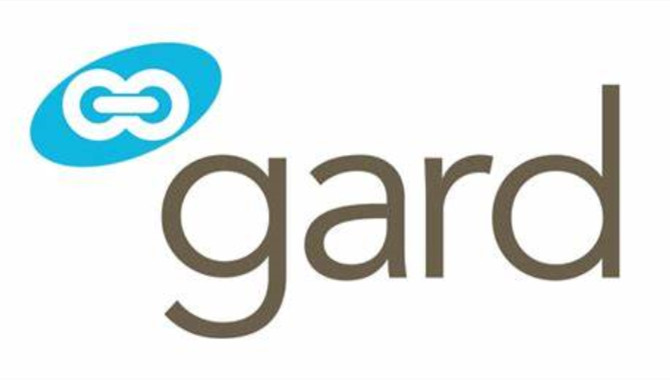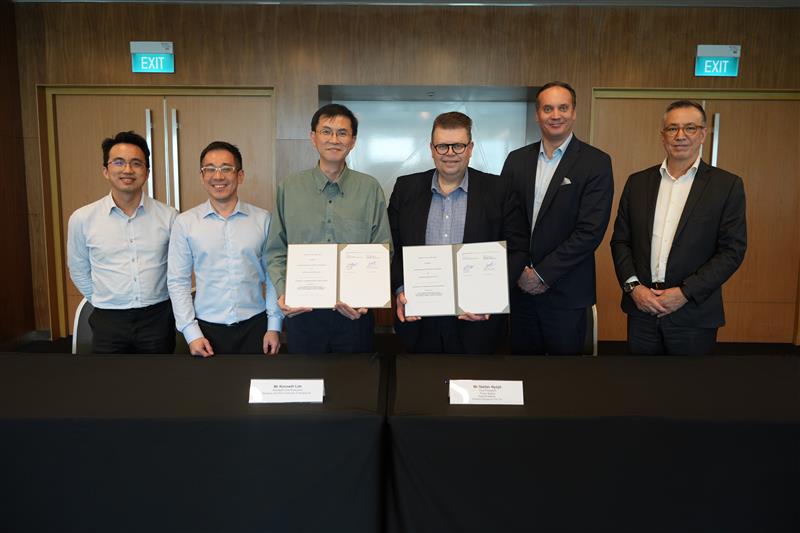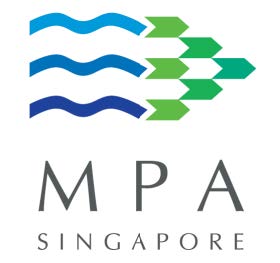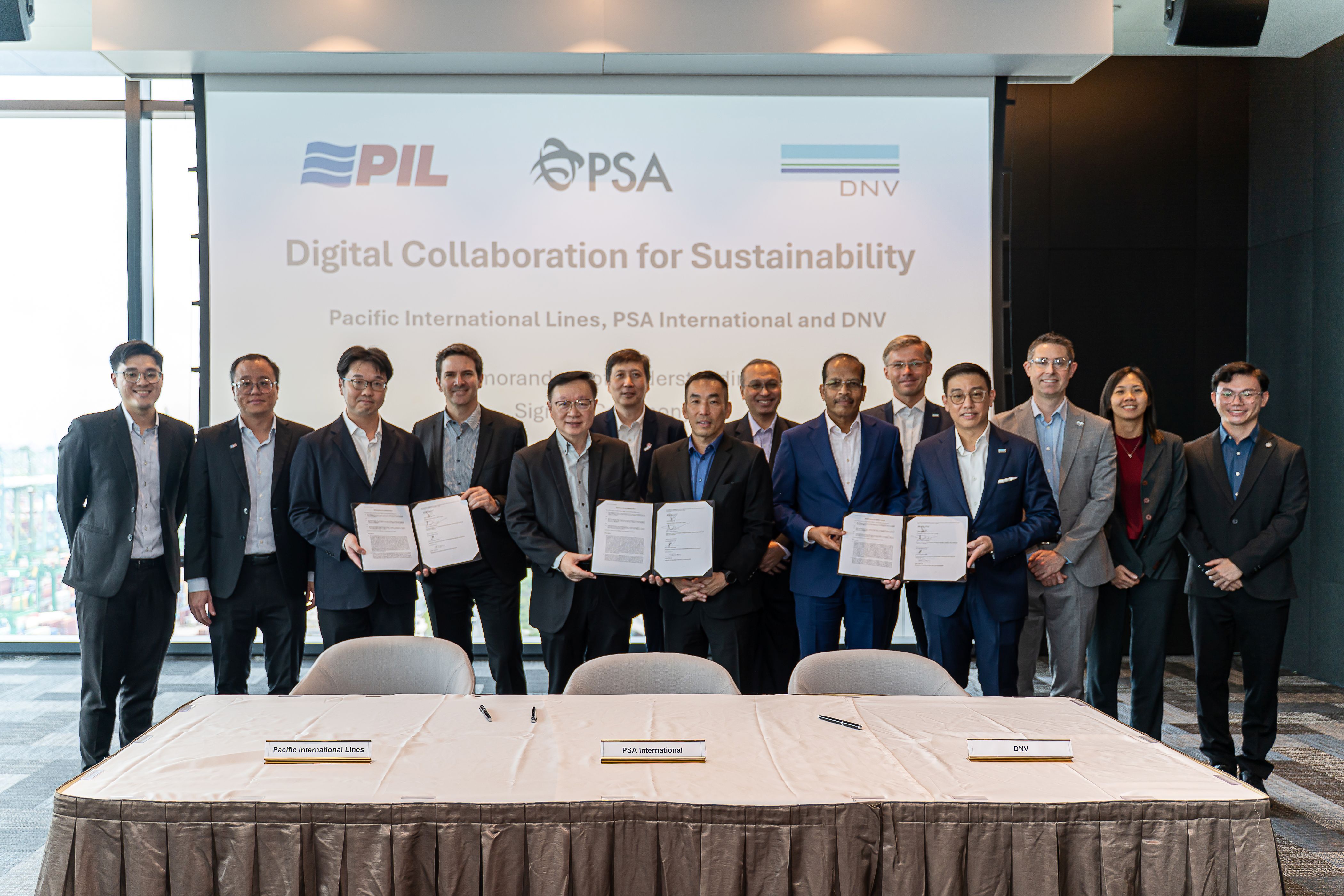
Is it useful to compare the COVID-19 with earlier disease outbreaks?
A comparison with the Ebola outbreak in West Africa in 2014 – 2016 is probably not useful as the Ebola virus has different characteristics and was mostly restricted to small areas in West Africa, crossing state borders.
It may be more useful to compare the current outbreak with the SARS-CoV-2 outbreak of 2002/2003 and the MERS-CoV outbreak which peaked in 2014. However, although the three viruses come from the same family it appears there are significant differences between them in terms of contagiousness and outcomes for sufferers (also known as their virulence):
• according to the WHO SARS situation report dated 21 April 2004, the SARS outbreak of 2002/3 was limited to 8,096 confirmed cases with 774 fatalities, a fatality-ratio of 9.6%.
• according to the WHO MERS situation update of November 2019, the MERS outbreak (2012 – 2019) was limited to 2,494 confirmed cases with 858 fatalities, a fatality-ratio of 34.4%.
• the COVID-19 is a still-developing situation but the situation report from the WHO dated 11 February indicates 43,103 confirmed cases and 1,017 deaths which translates into a fatality-ratio of just over 2.3%. China recently altered its criteria for confirmed cases which resulted in higher number of cases and deaths but much the same fatality-ratio. These figures need to be treated with caution because many cases may be undetected and, unfortunately, people currently suffering from the disease may yet die.
• Commentators have also made comparisons with seasonal flu outbreaks, pointing out that flu usually kills many more people each year than have yet died from COVID-19. The Centers for Disease Control and Prevention (CDC), a branch of the US government, publishes an estimate of flu-related deaths in the USA. The incidence and severity of seasonal flu varies from year to year, so for example in 2014-2015 there were an estimated 51,000 fatalities from an estimated 30,000,000 cases, a fatality ratio of 0.17%.
The CDC estimates, reported on 7 February 2020, are that seasonal flu this year has resulted in more than 12,000 deaths in the USA but with at least 22,000,000 flu-related illnesses. That translates into a fatality-rate of only 0.055%.
Current opinion is that there are simple measures which should prevent transmission of the COVID-19. That may be correct but what is clear is that the number of victims and the rate of transmission has been much higher than in earlier comparable outbreaks. This may be explained by COVID-19 having a longer incubation period before symptoms present themselves.
Experts also indicate that COVID-19 has the potential to mutate and the race is on to develop a vaccine to help fight the disease.
What is happening?
The outbreak is already causing disruption in the global supply chain and transport networks:
• Hyundai has shut car factories in Korea because parts made in China are not available.
• the movement of people has not yet been restricted but this may soon happen: Hong Kong has imposed a mandatory 14-day residence-based quarantine on all arrivals from elsewhere in China and closed its courts until at least 16 February 2020;
• Lloyds List Daily Briefing of 10 February 2020 reports in relation to the outbreak: Rates have tumbled and will continue to do so, forecasts will have to be adjusted beyond the downward revisions we have already seen. Expect a slow period for the market as the dust settles and do not rule out further upsets
• the BBC reported on 10 February that a large number of China’s factories remain closed even though millions of people were supposed to return to work after the Chinese New Year holiday.
The situation is evolving and there are many potential implications for the shipping industry: crew and passenger health; difficulty with crew changes; the potential for crew to strike or refuse to go to an affected area or serve with a crew-member who is from an affected area; delays at Chinese and subsequent ports of call; cargoes which are no longer available or which it is no longer possible to load or discharge, to name but a few.
In spite of this potential for disruption the shipping industry will likely play a central role in ensuring that vital trade routes remain open, disruption is minimized and the world remains supplied with food, energy and other vital services. But at what price and who will pay for it?
How will COVID-19 impact on me as a shipowner?
In this article we try to identify some of the questions which are likely to arise and address them from the point of view of the shipowner in his relations with his charterer. In all respects, it is assumed the charter is an industry-standard time charter subject to English law. It is also assumed that the ship is being asked to call at a port to which the charterers could ordinarily direct the vessel and the only issue which might deter owners from going is the COVID-19 outbreak.
DO I HAVE TO GO?
The first question on everyone’s minds is often:
Q. If my ship is ordered to a port in China, or somewhere else affected by the COVID-19, does it have to go?
A. Each charter must be interpreted according to its own terms and the factual situation is fast-evolving and may develop to the point where the answer is ‘no’, but at the moment the most likely answer is ‘yes’.
From a legal standpoint, the relevant question is likely to be ‘Is this a safe port?’ because most (but not all) charters contain a warranty from the charterer that the port will be prospectively safe, i.e. safe at the time of the arrival of the vessel. Even if the port is within the agreed range, if the port is or becomes unsafe the ship does not have to call at it and an order to go could be refused.
What does ‘safe’ mean in the context of the CORVID-19 outbreak? The standard definition of a safe port in this context is:
“in the relevant period of time, the particular ship can reach it, use it and return from it without, in the absence of some abnormal occurrence, being exposed to danger which cannot be avoided by good navigation and seamanship…” (The Eastern City [1958] 2 Lloyds Rep p127)
Whilst this is primarily directed towards issues of navigation, seamanship and the physical safety of the vessel, the English courts have long accepted that safety also includes political unsafety, war-like activities and the risk of delay, providing the delay is of a sufficient duration. Whilst there is no direct authority on this point, a court or tribunal is likely to approach the question of the safety of a port in the following way:
Is there a significant risk or danger of:
• crew members catching the COVID-19; and /or
• the ship becoming subject to blacklisting; and/or
• the ship suffering an inordinate delay;
AND the risks cannot be avoided by good navigation and seamanship (which in this context would likely mean following prevailing medical advice to avoid or minimise the risk of transmission / infection)?
If ‘yes’ THEN a court or arbitration tribunal might accept that the port was unsafe.
At the moment the answer to this question appears likely to be ‘no’. However, if the situation worsens – and at least one cruise ship has been quarantined at the time of writing – the answer to this question may become ‘yes’. The port will be then be unsafe and owners would be within their rights to refuse to call at it and ask charterers to nominate a different port.
Some further considerations:
• It is possible for a port to be safe when nominated and prospectively safe, but become unsafe later? If so, owners would be within their rights to refuse to call at it.
• The question of safety is likely to be complicated with room for divergence of opinion in terms of:
o the level of risk of infection; and
o the level of risk of infection necessary for a port to be considered unsafe.
• The working practices of the port and the type of cargo are likely to be significant factors: a tanker discharging into an offshore facility with minimal crew/shore contact; a bulk carrier tied up at berth with a team of stevedores discharging a cargo of bagged rice; and a cruise ship with passengers getting on and off the ship and interacting with local people at various ports will all present different risk profiles.
• Where there is any doubt about the level of risk we would expect that a court or tribunal would resolve the doubt in favour of finding that the risk rendered the port unsafe.
• if owners proceed to a port knowing that it is unsafe they may be taken to have waived their right to claim damages as a result.
Q. Are there any other terms of the charter contract which might also be relevant to this question?
A. Possibly. It is difficult to anticipate every situation and every way a claim might be framed but other clauses may be relevant: for example, if the charter has a force majeure clause, this may be triggered and may give rise to different considerations and a different result in terms of whether the risk of delay or even cancellation falls on owners or charterers.
Q. Apart from the charter contract, are there any other legal principle which might come into play?
A. If the situation develops to the point where the contract, as originally envisaged, becomes incapable of being performed it may be that the law steps in to relieve both parties of their obligations to perform under the doctrine of ‘frustration’.
IF I GO AND THERE IS A DELAY WILL CHARTERERS STILL HAVE TO PAY HIRE?
Q. Will my ship be on or off-hire if there is a delay resulting from COVID-19?
A. It depends on the term of the charter and the reason for the delay.
Where there is a delay under a time charter, charterers’ thoughts often turn to off-hire. Off-hire does not require a breach of contract, rather it is a right, in certain situations, for charterers to stop paying hire.
The question will be ‘Can charterers bring themselves within the off-hire clause(s)?.’It will depend on the reasons for the delay. Different examples considered by reference to the NYPE form clause 15 illustrate the different ways this question might be resolved:
• If the crew becomes ill charterers may be able to claim the ship is off-hire under this clause.If the loss of time is attributable due to “deficiency of men” it is well established that time lost as a result of crew illness is off-hire. Please see below note on implied indemnity.
• A legal or administrative restraint can qualify as off-hire. Therefore, if a vessel is delayed in port X because it had previously called at port Y which had been affected by COVID-19, that might be enough for a charterer to bring itself with the off-hire clause, especially if the call at port Y was under a different charter. Please see below note on ‘fortuity’.
• If the delay is caused only by the presence of the disease in port, perhaps a period of time lost waiting as a result, it is hard to see why the ship would be off-hire under clause 15.
• Sometimes the word “whatsoever” is added to clause 15 off-hire provision in which case it may be easier for charterers to bring themselves within the off-hire provision.
• Yet another consideration is that off-hire is usually understood to cover only events which are a ‘fortuity’, i.e. that are not a natural consequence of following charterer’s orders. Might it be said that by ordering a ship to a port known to be affected by COVID-19 there is no ‘fortuity’ if the ship is then ordered to a subsequent port where quarantine restrictions are in place?
Q. Might I be able to claim the hire as an implied indemnity for following charterer’s orders?
A. Perhaps, but it would not be a straightforward claim and it is probably still too soon to say as it is not yet clear how serious the COVID-19 situation is.
• It is well established that under a time-charter owners may claim from charterers if they suffer a loss which arises as a consequence of following charterer’s orders and if that loss was not a risk that owners had agreed to bear as a matter of an implied, or sometimes express, indemnity. The Island Archon [1993] 2 Lloyds Rep 388 illustrates the point well. It was a case of legal unsafety in that a port was found to be unsafe because of corrupt port practices and so an indemnity was implied in favour of owners. In that case the corrupt practices were not well-known at the date the charter was agreed but were well-known by the time of the port call.
• So, the question would be “Was exposing their vessel and crew to the COVID-19 a risk which the owners had agreed to bear when they entered into the charter?”
• The answer is likely to be fact-specific. Clearly, owners agree to expose their ship to the ordinary risks of world-wide trading and this includes various health risks. Is the COVID-19 so different in nature from the risks which were known and contemplated when the charter was entered into? It is probably too soon to say in relation to older charters but for charters entered into now, when there is widespread knowledge of the problem, most likely owners would not be able to rely on an implied indemnity arising but should rather be looking to include in their new charters suitable clauses apportioning risk, see below.
CREW SICKNESS
Q. If my crew get sick can I deviate to help them?
A. Yes, assuming it is a necessary step to take but also, in the normal way, it is likely that the time spent doing this will be off-hire, unless a right to claim as a result of implied indemnity has arisen.
SEAWORTHINESS
A further consideration is that a vessel may no longer be seaworthy if its crew, or some of them, are suffering from COVID-19.
ANYTHING ELSE?
• Whilst it may be that a port is safe for a ship to visit because of measures taken to control the spread of the COVID-19, it may also be that there is no cargo to load. Are your charterers strong enough financially to withstand a lengthy period of delay?
• Likely only relevant for new charters but BIMCO has issued clauses for voyage and time charters dealing with infectious or contagious diseases. A question which may still be subject to debate is whether the COVID-19 meets the definition of ‘disease’ common to both clauses: “a highly infectious or contagious disease that is seriously harmful to humans”.
A LAST BIT OF ADVICE
Consult your Defence handler before entering into an obligation which you may not be able to fulfil or if it appears a claim may be on the horizon: in law, as in medicine and life generally, prevention is better than a cure.
Source:Gard
The opinions expressed herein are the author's and not necessarily those of The Xinde Marine News.
Please Contact Us at:
admin@xindemarine.com


 Baltic Exchange launches new Fuel Equivalence Conve
Baltic Exchange launches new Fuel Equivalence Conve  21 Consecutive Years of QUALSHIP 21 Recognition for
21 Consecutive Years of QUALSHIP 21 Recognition for  MPA and Wärtsilä Renew Partnership to Drive Marit
MPA and Wärtsilä Renew Partnership to Drive Marit  MPA and Dalian Maritime University Renew Partnershi
MPA and Dalian Maritime University Renew Partnershi  PSA INTERNATIONAL, DNV AND PACIFIC INTERNATIONAL LI
PSA INTERNATIONAL, DNV AND PACIFIC INTERNATIONAL LI  INTERCARGO Reaffirms Call for Simplicity as IMO Cli
INTERCARGO Reaffirms Call for Simplicity as IMO Cli